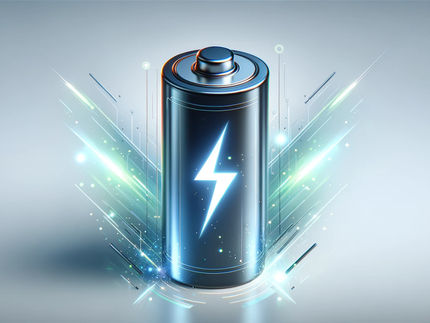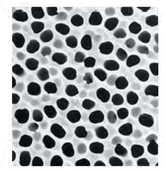US Department of Energy funds Clemson, Savannah River National Laboratory hydrogen research
Advertisement
The U.S. Department of Energy (DOE) has awarded Clemson University researchers, in collaboration with DOE's Savannah River National Laboratory, $409,000 to develop a new polymer membrane that may enable the production of hydrogen using high-temperature heat, such as that from a nuclear reactor.
Clemson chemist Dennis Smith will lead the program to develop a new fluoropolymer material that can withstand the harsh conditions in the electrolyzer, which is used to react sulfur dioxide and water to produce hydrogen and sulfuric acid. Membranes will be supplied to Savannah River National Laboratory scientist David Hobbs and his group for evaluation.
"Hydrogen could be a major source of energy in the future," said Smith. "And the DOE is exploring infrastructure now for that possibility. Advanced materials like polymers will help enable this and other membrane technology in fuel cells, water purification and simple batteries."
The research will focus on specific membranes that are a key component in the electrolyzer used to produce hydrogen. The simple "Hybrid Sulfur" process uses heat and electricity to split water in order to produce hydrogen and oxygen. The heat and electricity can be supplied by the next generation of advanced nuclear reactors or solar energy plants, allowing hydrogen production without any harmful air emissions. In the process, sulfuric acid is decomposed to produce water, oxygen and sulfur dioxide. A second step involves electrolysis to produce hydrogen and to regenerate the sulfuric acid. The polymer membrane is an essential part of the process in transporting protons in the electrolyzer while blocking sulfur dioxide.
The project will build on Clemson's longstanding research in the area of fluoropolymer electrolyte membranes established by chemistry professors Darryl DesMarteau and Stephen Creager more than a decade ago.
The clear plastic membrane being developed in this project will be about four inches square and as thick as a human hair and will be sandwiched between two thin electrodes. The fluorine-containing polymers being developed in Smith's lab at the Advanced Materials Research Laboratory are stable in boiling sulfuric acid and conduct protons while slowing the transport of other dissolved gases.
Other news from the department science
These products might interest you
Most read news
More news from our other portals
See the theme worlds for related content
Topic World Battery Technology
The topic world Battery Technology combines relevant knowledge in a unique way. Here you will find everything about suppliers and their products, webinars, white papers, catalogs and brochures.

Topic World Battery Technology
The topic world Battery Technology combines relevant knowledge in a unique way. Here you will find everything about suppliers and their products, webinars, white papers, catalogs and brochures.

































































